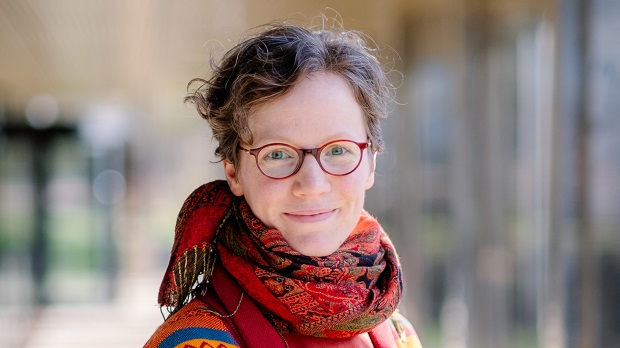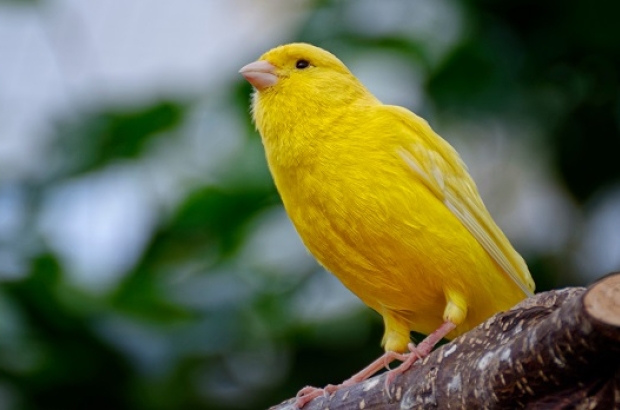- Daily & Weekly newsletters
- Buy & download The Bulletin
- Comment on our articles
Cracking canaries’ feeding behaviour: German PhD student Maja Mielke on why songbirds are expert seed eaters
How do songbirds survive in the wild? By developing highly-efficient seed eating skills, reveals research scientist Maja Mielke.
The German student’s written description of her meticulous study of canaries’ extraordinary beak movements has been awarded first prize in the competition PRESS > SPEAK . It’s run every year by Antwerp University for its PhD scientific researchers, aimed at improving their communication skills.
There are two sections, one in Dutch for home students, the second in English for international students. Each entrant is given five minutes to pitch their research or write a concise easy-to-read text describing their research project.

Mielke (pictured) moved to Antwerp for her PhD after studying biophysics and biology in Berlin. She works in the Functional Morphology Lab at the university’s Institute of Biology, studying the biomechanics of beak movement in songbirds.
“Writing about science for a general audience is an integral part of my work as a researcher,” she says. “This achievement motivates me to keep writing and share the fascinating science of birds and other animals with the world.”
Here’s Maja Mielke’s winning entry:
Canaries: the cheetahs among seed eaters
The canary in the cage is hungry. I place a seed on the feeder and run towards the safety shield of the X-ray room, where my colleague is ready to start the recording. All we need is an X-ray video of the feeding bird. But as soon as I arrive, the seed is already eaten. I was too slow. Again!
Small songbirds are underestimated. They're true experts at cracking seeds; some eat up to 50% of their body weight in seeds every day! The size and shape of a beak determine which seeds a bird can crack. But this is not the full story. The best beak doesn't help if you can't move it effectively. Because beak movements are incredibly fast and difficult to observe, we don't really know how songbirds use their beaks while cracking and husking seeds. That's why I study beak movement in feeding canaries using high-speed X-ray recordings, something that has never been done before.
I was lucky. Eventually, I collected quite a few videos and discovered three key features that make canaries so efficient in seed processing. First: agility. In contrast to humans, both the upper and lower jaw can move up and down. But the lower beak also moves sidewards. Second: speed. The birds reach up to 25 chewing cycles per second! For comparison: most humans chew less than three times per second (how fast can you chew?). Third: the tongue. Canaries use it for positioning and stabilizing the seed during cracking and husk removal. Thanks to these features, canaries process a seed within seconds without dropping or crushing it. Although their skills often drove me to despair during the recording sessions, the efficiency of seed cracking is truly impressive!
Survival of the fastest
Why are such feeding skills essential? For several reasons. Imagine being a bird feeding on the ground. First, you need to finish your meal before a predator gets you. Second, if you're in a flock, you want to take the best pieces before others get them. Third, with the climate changing, severe droughts are becoming more common. During such droughts, the hard but durable and nutritious seeds are often the only remaining food source. This is why being the cheetah among seed eaters can be essential for the survival of songbirds in the wild, both for individuals and for species.
Photos: (main image) Bird photo by Alfred Grupstra from Pixabay; Maja Mielke photo by Thijs de Lange















